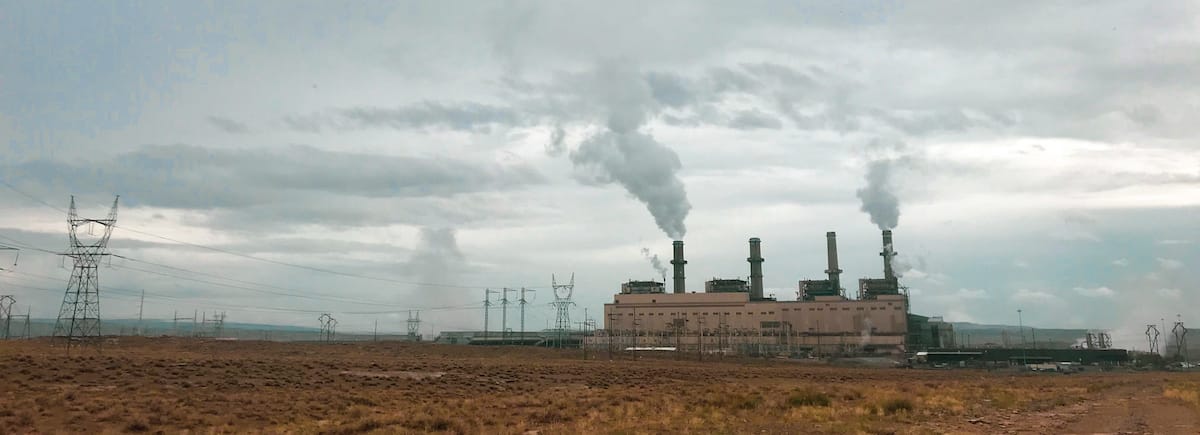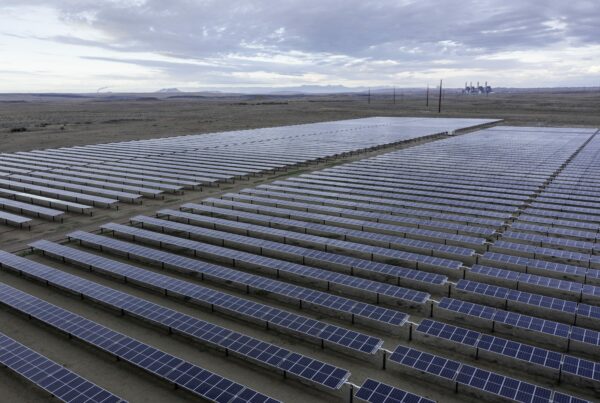The Four Corners took a significant step toward a coal-free future as Unit 1 of the San Juan Generating Station closed forever on June 30. The event occurred without fanfare, and represents the inexorable decline of mining and burning coal for electricity.
The plant’s closure offered a stark juxtaposition with the Supreme Court’s dire ruling that stripped the federal Environmental Protection Agency of regulatory authority over power plant pollutants causing climate change. While coal-dominated states such as West Virginia found a receptive audience in a handful of Supreme Court justices, the last-gasp ploy to drag America’s energy supply back to the 1950s is already doomed to failure across the West.
Public Service Company of New Mexico pulled the plug on San Juan Generating Station primarily because burning coal is no longer cost competitive with renewable energy sources. PNM is a regulated monopoly, as is Xcel in Colorado. These utilities have to demonstrate to regulators their energy supplies are the lowest cost options for consumers, and coal simply doesn’t compete well against alternatives.
Utilities across Colorado, New Mexico, and Arizona are already on the path toward a coal-free future, regardless of whatever the Supreme Court allows the EPA to regulate. The massive San Juan Generating Station consisted originally of four units constructed in the 1970s with a combined capacity of 1,600 megawatts. Two of those units retired five years ago because PNM found it cheaper to just close them rather than construct modern pollution control equipment. Unit 1 closed in June, and the remaining Unit 4 goes offline for good this September.
New Mexico’s utility commission recently determined that closing San Juan should result in immediate savings of $134 million for ratepayers over the next 18 months. From a climate change perspective, the closure is equally impactful, eliminating 6 million tons of carbon dioxide emissions each and every year going forward.
The pace of coal plant retirements in Colorado is accelerating. Xcel will close one unit at Craig in 2025, and just recently agreed to advance the closure of the breakdown-plagued Comanche 3 power plant in Pueblo to 2031. Arizona Public Service has a bull’s-eye of 2031 for the end of the Four Corners Power Plant near Farmington, a schedule likely to accelerate as well.
Tri-State Generation and Transmission, which supplies rural electric cooperatives including La Plata Electric Association, is not regulated by the Colorado Public Utility Commission like other utilities. But Tri-State is similarly moving more promptly to close its remaining coal plants, agreeing to get rid of Craig 2 by 2028, and consider closing Craig 3 earlier than 2030. Tri-State is responding to the growing clamor among its member co-ops for the same cheaper, cleaner energy that PNM, Xcel and Arizona Public Service customers are getting.
Additionally, Colorado and New Mexico have adopted goals for greenhouse gas emissions over the coming decade, goals that utility regulators and state air quality officials are vigorously implementing.
By the end of this year, PNM will be down to owning just a small interest in one remaining coal plant. Xcel plans to be free of coal by 2031. Tri-State aims to reduce its carbon emissions by 80% by 2030.
The Supreme Court’s upending of the ability of environmental agencies to protect public health and welfare is concerning on many levels. But as a last-ditch favor to the coal industry’s desperate effort to hold onto its fading market share, it’s too little, too late. Simple economics are driving the transition, along with the demand by consumers and our region’s elected officials to rapidly embrace electric supplies cleaner as well as cheaper.
This content first published in the Durango Herald here.



